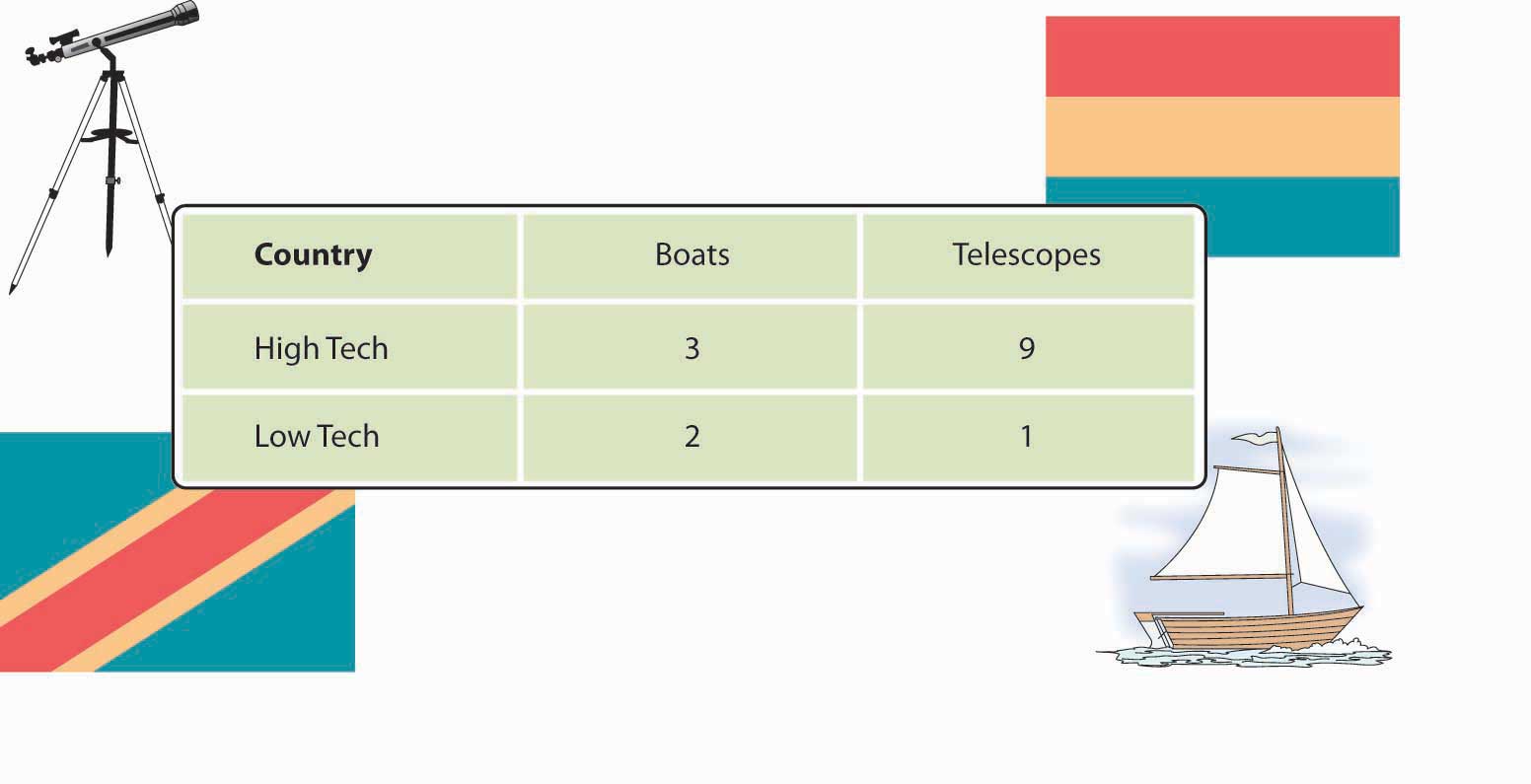Category: Open Textbooks
A collection of free textbooks on global business
Developing New Products and Services
A central theme of this book is that there is, or should be, a constant struggle going on in every organization, business, and system. The struggle is fueled by the dynamic tension that exists between delivering Midas feature-rich versions of products and services using extravagant engineering and delivering low-cost Hermes versions of products and services using frugal engineering (see Figure 1). Midas versions are high-end products for nonprice-sensitive consumers. Hermes versions are for price-sensitive consumers. The results of this dynamic tension between Midas versioning and Hermes versioning are Atlas products and services. Atlas products and services are designed for mainstream consumers. Atlas products and services incorporate the product design features that will attract the broadest customer base and will also be profitable. The driving force behind the development of Midas, Atlas, and Hermes versions is driven by the implicit creative genius that everyone possess and most businesses should possess as they engage in continuous learning-about and learn-by-doing activities
Building Strategy and Performance
|
The approach described here is based on strategy dynamics (Warren, 2008), a rigorous, fact-based method for developing and managing strategy. The underlying science is known as system dynamics, which originated at the Massachusetts Institute of Technology in the 1960s (Forrester, 1961; Sterman, 2000). Strategy dynamics explain why the performance of an organization has changed through time in the way that it has, provide estimates of where it is likely to go in the future, and |
|
allow management to design strategies and policies to improve that future path. Strategy dynamics achieve this by building an integrated, fact-based picture of how the resources of your business are developing through time, driven by mutual interdependence, management policies, external opportunities, and constraints. |
Electronic Commerce: The Strategic Perspective
This book is written both for practitioners and business students. Managers wishing to understand how electronic commerce is revolutionizing business will find that our comprehensive coverage of essential business issues (e.g., pricing and distribution) answers many of their questions. Advanced business students (junior, seniors, and graduate students) will find that the blend of academic structure and practical examples provides an engaging formula for learning.
The book’s title reflects some key themes that we develop. First, we are primarily concerned with electronic commerce, which we define as using technology (e.g., the Internet) to communicate or transact with stakeholders (e.g., customers). Second, we discuss how organizations must change in order to take advantage of electronic commerce opportunities. In this sense, our book offers the strategic perspective (i.e., the best way to operate a successful business in the 21st century). Third, with the growing importance of the Internet and related technologies, organizations must take electronic commerce into account when they are creating strategic plans. Thus, electronic commerce is a strategic perspective that all firms must adopt, both in the present and in the future. In other words, an organization that does not explicitly consider electronic commerce as a strategic imperative is probably making a crucial error. Here, we focus primarily on the opportunities and tactics that can lead to success in the electronic marketplace.
Principles of Marketing
Global Strategy
Free textbook by boundless on global strategy
Absolute and Comparative Advantage
Absolute Advantage
A nation has an absolute advantage if (1) it’s the only source of a particular product or (2) it can make more of a product using the same amount of or fewer resources than other countries. Because of climate and soil conditions, for example, Brazil has an absolute advantage in coffee beans and France has an absolute advantage in wine production. Unless, however, an absolute advantage is based on some limited natural resource, it seldom lasts. That’s why there are few examples of absolute advantage in the world today. Even France’s dominance of worldwide wine production, for example, is being challenged by growing wine industries in Italy, Spain, and the United States.
Comparative Advantage
How can we predict, for any given country, which products will be made and sold at home, which will be imported, and which will be exported? This question can be answered by looking at the concept of comparative advantage, which exists when a country can produce a product at a lower opportunity cost compared to another nation. But what’s an opportunity cost? Opportunity costs are the products that a country must decline to make in order to produce something else. When a country decides to specialize in a particular product, it must sacrifice the production of another product.
Let’s simplify things by imagining a world with only two countries—the Republic of High Tech and the Kingdom of Low Tech. Each country knows how to make two and only two products: wooden boats and telescopes. Each country spends half its resources (labor and capital) on each good. Figure 3.3 “Comparative Advantage in the Techs” shows the daily output for both countries. (They’re not highly productive, as we’ve imagined two very small countries.)
Figure 3.3 Comparative Advantage in the Techs

First, note that High Tech has an absolute advantage in both boats and telescopes: it can make more boats (three versus two) and more telescopes (nine versus one) than Low Tech can with the same resources. So, why doesn’t High Tech make all the boats and all the telescopes needed for bothcountries? Because it lacks sufficient resources and must, therefore, decide how much of its resources to devote to each of the two goods. Assume, for example, that each country could devote 100 percent of its resources on either of the two goods. Start with boats. If both countries spend all their resources on boats (and make no telescopes), here’s what happens:
- High Tech makes, for example, three more boats but gives up the opportunity to make the nine telescopes; thus the opportunity cost of making each boat is three telescopes (9 ÷ 3 = 3).
- Low Tech makes, for example, two more boats but gives up the opportunity to make one telescope; thus the opportunity cost of making each boat is half a telescope (1 ÷ 2 = 1/2).
- Low Tech, therefore, enjoys a lower opportunity cost: Because it must give up less to make the extra boats, it has a comparative advantage for boats. And because it’s better—that is, more efficient—at making boats than at making telescopes, it should specialize in boat making.
Now to telescopes. Here’s what happens if each country spends all its time making telescopes and makes no boats:
- High Tech makes, for example, nine more telescopes but gives up the opportunity to make three boats; thus, the opportunity cost of making each telescope is one third of a boat (3 ÷ 9 = 1/3).
- Low Tech makes, for example, one more telescope but gives up the opportunity to make two boats; thus, the opportunity cost of making each telescope is two boats (2 ÷ 1 = 2).
- In this case, High Tech has the lower opportunity cost: Because it had to give up less to make the extra telescopes, it enjoys a comparative advantage for telescopes. And because it’s better—more efficient—at making telescopes than at making boats, it should specialize in telescope making.
Each country will specialize in making the good for which it has a comparative advantage—that is, the good that it can make most efficiently, relative to the other country. High Tech will devote its resources to telescopes (which it’s good at making), and Low Tech will put its resources into boat making (which it does well). High Tech will export its excess telescopes to Low Tech, which will pay for the telescopes with the money it earns by selling its excess boats to High Tech. Both countries will be better off.
Things are a lot more complex in the real world, but, generally speaking, nations trade to exploit their advantages. They benefit from specialization, focusing on what they do best, and trading the output to other countries for what they do best. The United States, for instance, is increasingly an exporter of knowledge-based products, such as software, movies, music, and professional services (management consulting, financial services, and so forth). America’s colleges and universities, therefore, are a source of comparative advantage, and students from all over the world come to the United States for the world’s best higher-education system.
France and Italy are centers for fashion and luxury goods and are leading exporters of wine, perfume, and designer clothing. Japan’s engineering expertise has given it an edge in such fields as automobiles and consumer electronics. And with large numbers of highly skilled graduates in technology, India has become the world’s leader in low-cost, computer-software engineering.
Source:
“Business in a Global Environment”, chapter 3 from the book An Introduction to Business (v. 1.0), curated by Andy Schmitz on http://2012books.lardbucket.org/books/an-introduction-to-business-v1.0/s07-business-in-a-global-environme.html
Why Do Nations Trade?
Why does the United States import automobiles, steel, digital phones, and apparel from other countries? Why don’t we just make them ourselves? Why do other countries buy wheat, chemicals, machinery, and consulting services from us? Because no national economy produces all the goods and services that its people need. Countries are importers when they buy goods and services from other countries; when they sell products to other nations, they’re exporters.
Source:
“Business in a Global Environment”, chapter 3 from the book An Introduction to Business (v. 1.0), curated by Andy Schmitz on http://2012books.lardbucket.org/books/an-introduction-to-business-v1.0/s07-business-in-a-global-environme.html
The Globalization of Business
The globalization of business is bound to affect you. Not only will you buy products manufactured overseas, but it’s highly likely that you’ll meet and work with individuals from various countries and cultures as customers, suppliers, colleagues, employees, or employers. The bottom line is that the globalization of world commerce has an impact on all of us. Therefore, it makes sense to learn more about how globalization works.

World commerce has become increasingly international, so understanding how global business works is key to a successful career.
© 2010 Jupiterimages Corporation
Never before has business spanned the globe the way it does today. But why is international business important? Why do companies and nations engage in international trade? What strategies do they employ in the global marketplace? What challenges do companies face when they do business overseas? How do governments and international agencies promote and regulate international trade? Is the globalization of business a good thing? What career opportunities are there for you in global business? How should you prepare yourself to take advantage of them?
Generic Strategies
This is an Overview of Porter’s Generic Strategies.
